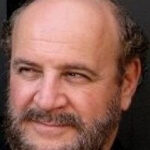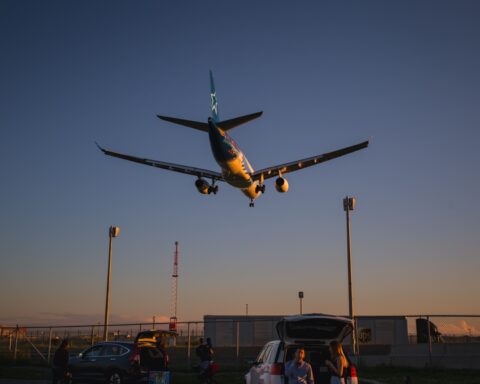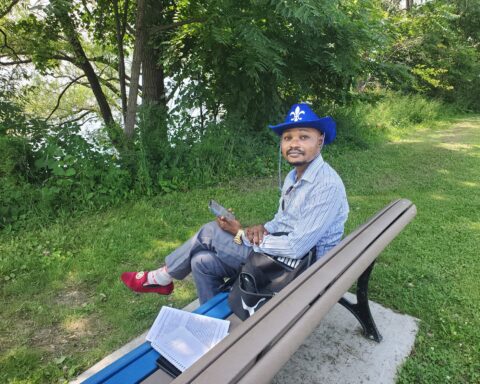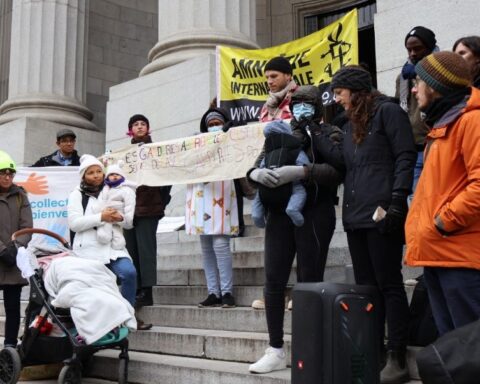For those who have come to Canada from just about any place on the planet other than Western Europe or the United States, you are comfortable with the fact that religious expression and faith are acceptable in public forums.
Thus, many new Canadians find the recent decision of our Supreme Court about prayer to be confusing.
Many new Canadians don’t understand how official state secularism tends to silence public expressions of faith. After all, India – the motherland of such universal religious traditions as Hinduism, Jainism, Buddhism, and Sikhism, and adopted homeland of Zoroastrianism – is by definition a secular nation.
In recent memory, a Muslim president and a Sikh prime minister governed Hindu-majority India, neither of whom felt compelled to hide their respective faiths while performing public duties.
India, yes, with its occasionally explosive communal violence, is a vastly Hindu nation, where faith is expressed publicly, and yet the nation identifies itself constitutionally as secular.
As far as I can determine, the Saguenay words are only potentially offensive in that they mention “God.” Admittedly, the crucifix in Saguenay council chambers is another matter entirely.
This is a different understanding than the one reflected in the Supreme Court decision after it reviewed the constitutionality of the recitation of an opening prayer at council meetings in the City of Saguenay, Quebec. The Court determined that:
“ . . . The state may not, by expressing its own religious preference, promote the participation of believers to the exclusion of non-believers or vice-versa. A neutral public space free from coercion, pressure and judgment on the part of public authorities in matters of spirituality is intended to protect every person’s freedom and dignity, and it helps preserve and promote the multicultural nature of Canadian society.”
Here is a translation of the prayer that had been recited in Saguenay:
“God, eternal and almighty, who has all power and wisdom, we are assembled in your presence to ensure the welfare and prosperity of our city. Grant us, we beseech you, light and energy to our deliberations to promote the honour and glory of your holy name and the spiritual and material happiness of our city. Amen.”
As far as I can determine, the Saguenay words are only potentially offensive in that they mention “God.” Admittedly, the crucifix in Saguenay council chambers is another matter entirely.
Silencing Religion
As a proponent of interfaith dialogue, I had thought Canada had come so far – that in most public forums where prayer takes place, all religions are given a chance to say the opening and closing prayers.
In fact, such a diverse expression would also allow for a moment of non-denominational silent reflection rotating in among the various faith-based prayers and expressions. Now, that’s neutrality.
[H]ere’s the thing about religion. In recent years we have hidden it. We shunt it to the back row. We want it expurgated from public life. We want it silent.
As I suggested in my book What the World Needs to Know about Interfaith Dialogue, it’s even more appropriate in Canada to open with a prayer from a First Nations, Inuit or Métis source. Sadly, even that may not be anymore.
I’d noted that with the arrival of diverse new Canadians, our society was growing accustomed to a range of faithful expression. Many even have learned to respect that not all faiths recognize a supreme being. Among these: Buddhism, Jainism, and some native spiritual belief systems.
And here’s the thing about religion. In recent years we have hidden it. We shunt it to the back row. We want it expurgated from public life. We want it silent.
That is, until there is a human disaster, like 9/11 and then suddenly and hypocritically we desperately drag faith out of hiding. The pent up demand for faith comes gushing into public view.
I wonder if the Court took into account that 75 per cent of Canadians profess some form of religious belief, and worldwide the number of believers in the major religions, and their relative percentages among the general populace, is growing. Those who are atheist are on the decline according to The Pew Forum.
We have on the one hand more new Canadians of faith and on the other, a more vocal and muscular atheism. Into this situation wades the Supreme Court of Canada. Itself, tasked with interpreting and upholding the Canadian Charter of Rights and Freedoms, which has in its preamble:
Whereas Canada is founded upon principles that recognize the supremacy of God and the rule of law:
Here, we are in a nation where God also rates a mention in the English national anthem (for how long, I wonder) and the Cross (la croix) is in the French lyrics.
A Neutral Approach
The Supreme Court has dealt with matters of faith on a number of occasions, recently. Somehow, the American notion of separation of church and state has crept into Canada. It must be a recent thing, because it was the federal government that commissioned those churches to set up those now-reviled residential schools.
Speaking of extinguishing, eliminating all prayer may work for the small percentage of committed atheists in the nation. But it works only for them.
For Americans, the separation meant no official state religion, no collusion, and most importantly, a government that stays out of interfering in religious institutions.
I digress. When our Supreme Court rules that an expression of faith at the opening of a council meeting violates someone’s rights, I would agree if the expression did not reflect the diversity and composition of the respective community itself. I wouldn’t want to compel a city full of atheists to recite any prayer at all.
But I wish the Court would have applied and quoted its own words from last month’s Loyola decision about the right of a Montreal Catholic school to teach its own religious program, wherein the Court wrote:
“A secular state respects religious differences, it does not seek to extinguish them.”
Speaking of extinguishing, eliminating all prayer may work for the small percentage of committed atheists in the nation. But it works only for them.
The rest of us are comfortable with hearing the expressions of other faiths. We don’t find it threatening or prejudicial.
My years in the interfaith field have shown me that most efforts to remove faith from any role in public life are usually originated by lapsed Christians. Prove me wrong, if you can.
I believe the best approach is to institute a minute of quiet reflection or rotating invocations from all faiths, native communities, and yes, even those who have no belief. Otherwise, we risk chopping off an arm because there was a hangnail on one finger.
Thus, in keeping with the essence of the Supreme Court’s finding in Loyola, I urge city councils and other public institutions to respect religious differences by expanding to include all expressions – including humanist/atheist and silent reflection.
How does this violate the neutral public space of which the Supreme Court writes? It doesn’t, at all. This approach does not prefer one religion or belief or disbelief to any other. It does not “extinguish them.”
Richard M. Landau has been responsible for adjudicating disputes and enforcing a television network code of ethics in a religious broadcasting setting since 1992. He is a graduate of Carleton University and the University of Ottawa. A leader in interfaith dialogue, Landau has consulted with the U.K. Home Office, and the White House Office of Community- and Faith-Based Initiatives. He works closely with leadership in all of the major world religions. He is author of What the World Needs to Know about Interfaith Dialogue.





